When a snake first joins your home, their feeding routine might seem straightforward. Drop in an appropriately sized rodent, watch them strike, constrict, and consume their meal—simple? Yet many snake owners eventually face a puzzling situation: their once voracious reptile suddenly turns its nose up at mealtime. This shift from enthusiastic eater to finicky feeder can leave owners frustrated and concerned. What causes a snake to become selective about its food, and how can we address these changes? Understanding the complex factors behind feeding reluctance is crucial for maintaining your serpentine companion’s health and well-being. Let’s explore the fascinating world of snake feeding behavior and unravel the mystery of the picky snake eater.
Natural Feeding Behaviors vs. Captivity Challenges
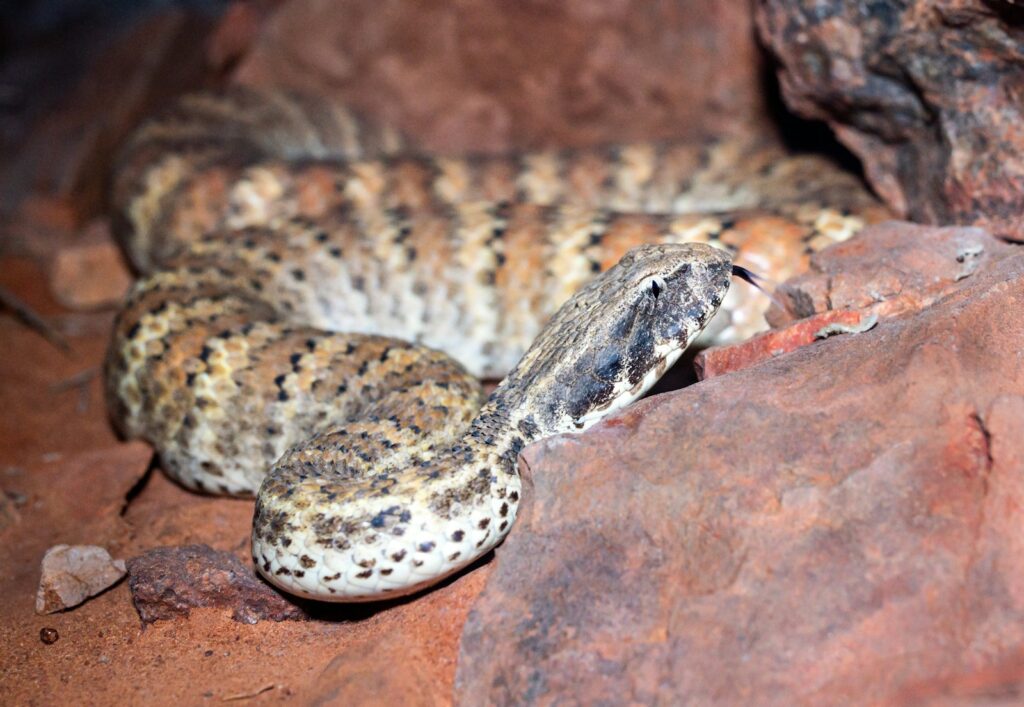
In the wild, snakes are opportunistic predators that have evolved specific hunting strategies suited to their natural habitats and prey availability. Ball pythons might ambush rodents along their trails, corn snakes actively forage for small mammals, and arboreal species like green tree pythons wait patiently in trees for unsuspecting prey to pass below. Captivity, however, dramatically alters these natural behaviors by eliminating the need to hunt and restricting movement to a confined space. This fundamental difference between wild hunting behaviors and captive feeding situations can create a disconnect for snakes, especially as they mature and their instincts develop more fully. Even well-established captive breeding hasn’t eliminated these natural tendencies, which can emerge as selective feeding behaviors over time as the snake’s wild instincts conflict with the artificial feeding environment.
The Impact of Age and Maturity on Feeding Preferences
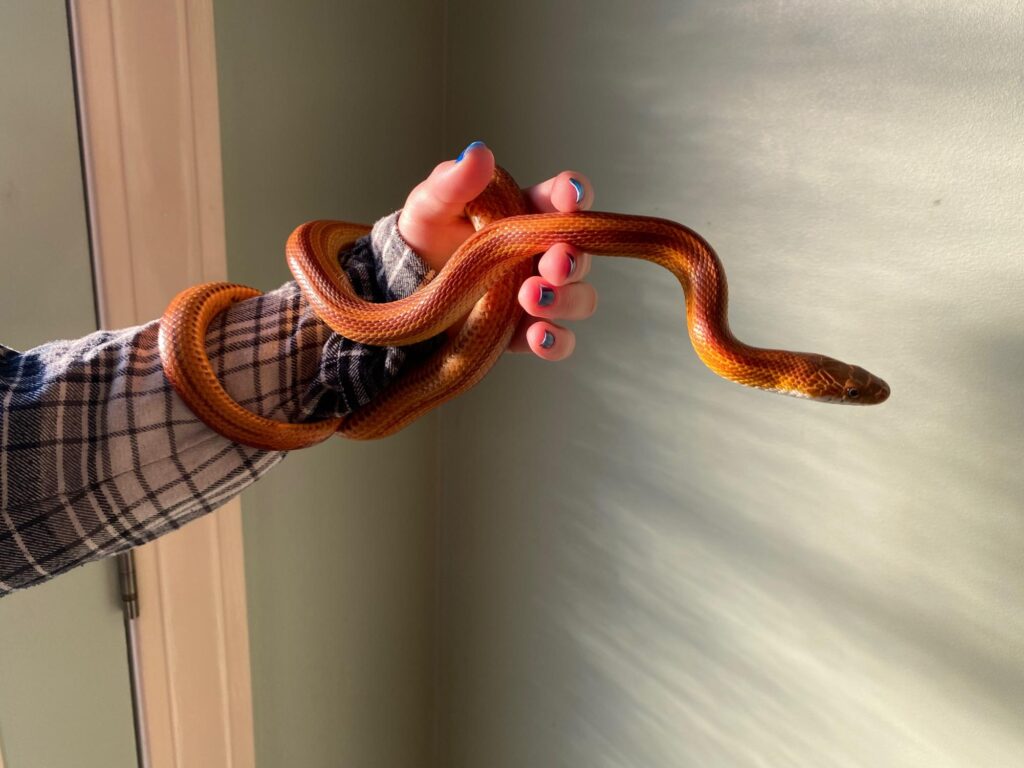
Juvenile snakes often display less discriminating feeding responses compared to their adult counterparts, eagerly accepting most appropriately sized prey items offered. As snakes mature, however, their feeding preferences tend to become more refined and specific, reflecting the development of more complex neural pathways and stronger instinctual behaviors. This maturation process typically involves heightened sensory awareness, with adult snakes showing greater sensitivity to prey appearance, scent, movement patterns, and temperature signatures. Some species, particularly ball pythons, are notorious for becoming increasingly selective eaters as they reach sexual maturity, sometimes coinciding with their first breeding season. These age-related changes in feeding behavior are part of normal snake development. However, they can be frustrating for owners unprepared for this shift from the voracious juvenile stage to a more discerning adult feeding pattern.
Stress Factors That Trigger Feeding Reluctance
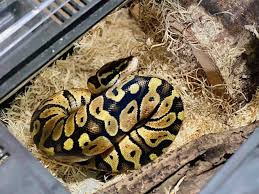
Environmental stress ranks among the most common culprits behind sudden feeding refusals in captive snakes. Factors such as improper temperature gradients, incorrect humidity levels, excessive handling, or inadequate hiding spots can trigger significant stress responses that manifest as feeding reluctance. Snakes are particularly sensitive to changes in their environment, with even minor alterations to their enclosure potentially disrupting their sense of security. The presence of other pets, loud noises, or frequent movement around the enclosure can create chronic stress that diminishes feeding responses. Many species, particularly ball pythons and some colubrids, enter defensive states when stressed, during which feeding becomes a secondary concern to perceived survival threats. Owners should recognize that feeding refusals often serve as an important indicator of environmental stressors that need to be identified and addressed, rather than simply a behavioral problem.
Seasonal Changes and Breeding Cycles
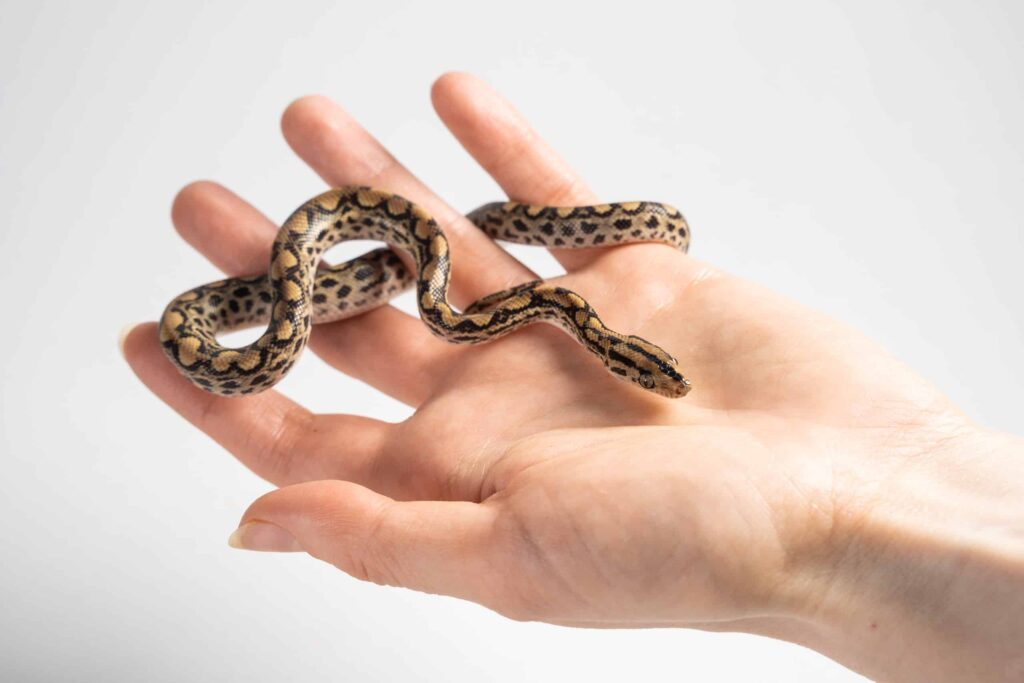
Many snake species exhibit strong seasonal feeding patterns even in captivity, reflecting their evolutionary programming tied to natural breeding cycles and environmental cues. During breeding season, male snakes of numerous species often reduce or completely cease feeding as they prioritize reproductive behaviors over nutrition, sometimes for extended periods lasting several months. Females may also display altered feeding patterns, often increasing consumption before egg development and then fasting during gestation or after egg-laying. Seasonal temperature and daylight changes, even when subtle in captivity, can trigger hormonal shifts that affect appetite, with many temperate species naturally reducing food intake during winter months regardless of stable captive temperatures. These biologically driven feeding cycles can be particularly pronounced in wild-caught specimens but persist even in captive-bred snakes, many generations removed from the wild, demonstrating the deep-seated nature of these seasonal rhythms in snake physiology.
Health Issues Manifesting as Feeding Problems
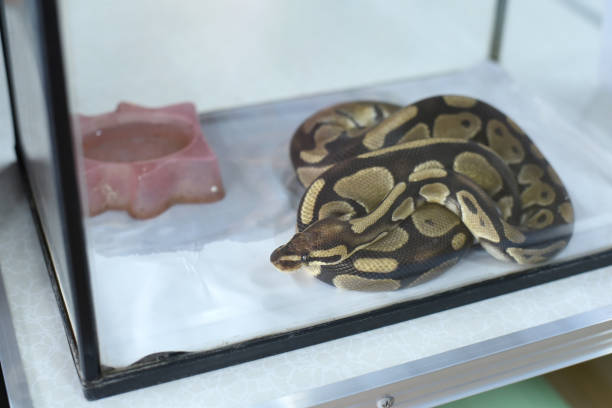
When a previously reliable feeder suddenly begins refusing meals, underlying health issues should always be considered a potential cause. Respiratory infections, common in snakes kept at suboptimal temperatures or humidity levels, can diminish appetite and feeding response as the snake’s body directs energy toward fighting infection rather than digestion. Parasitic infestations, both internal and external, frequently manifest first as feeding reluctance before other symptoms become apparent to owners. Mouth rot (infectious stomatitis) makes feeding painful, causing snakes to avoid the discomfort associated with striking and consuming prey. More serious conditions like inclusion body disease in boas and pythons typically present with neurological symptoms that can include feeding difficulties before progressing to more obvious symptoms. Regular veterinary check-ups are crucial for early detection of these health issues, as treating the underlying condition typically resolves the associated feeding problems.
Habituation to Specific Prey Types
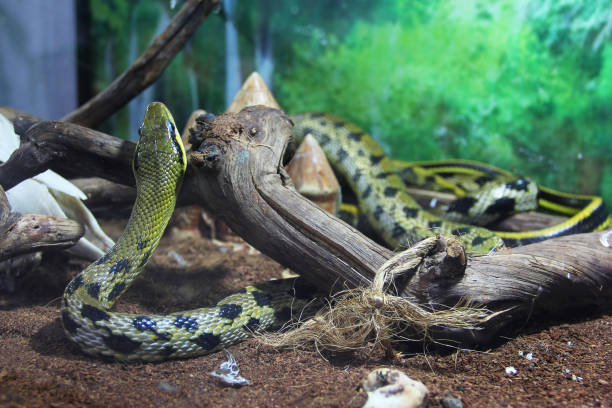
Snakes can develop strong preferences for specific prey types, sizes, colors, or presentation methods based on their early feeding experiences. This phenomenon, known as prey imprinting, can become particularly problematic when a snake has been raised exclusively on one food type and suddenly needs to transition to another due to availability issues or dietary requirements. Corn snakes raised solely on mice may refuse rats when they grow large enough to require them, while ball pythons accustomed to white laboratory mice might reject brown wild-type rodents despite their nutritional equivalence. Some individuals become so specialized in their preferences that they recognize subtle differences in prey scent profiles between rodent breeding colonies or even different shipments from the same supplier. Overcoming these established preferences often requires gradual transition strategies rather than abrupt changes, sometimes involving scent-transfer techniques or specialized prey presentation methods to encourage acceptance of new food items.
The Role of Feeding Methods and Presentation
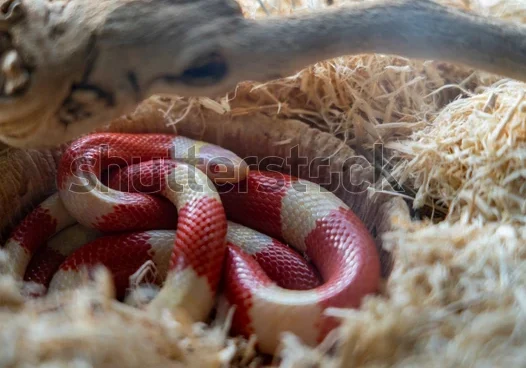
The manner in which prey is presented can significantly influence a snake’s willingness to feed, with some individuals developing strong preferences for specific feeding methods. Snakes accustomed to living prey may initially refuse pre-killed or frozen-thawed items, perceiving them as unfamiliar or unappetizing due to differences in movement patterns, temperature, and scent profiles. The handling technique used during feeding sessions can also impact success rates, with some snakes responding better to tong-feeding while others prefer prey left undisturbed in their enclosure. Motion patterns matter tremendously—prey items moved erratically to mimic live movement often trigger stronger feeding responses than stationary offerings. Time of day plays a crucial role as well, with nocturnal species typically showing stronger feeding responses during evening hours when their natural hunting instincts are most active, while diurnal species may feed more readily during daylight conditions.
Species-Specific Feeding Challenges
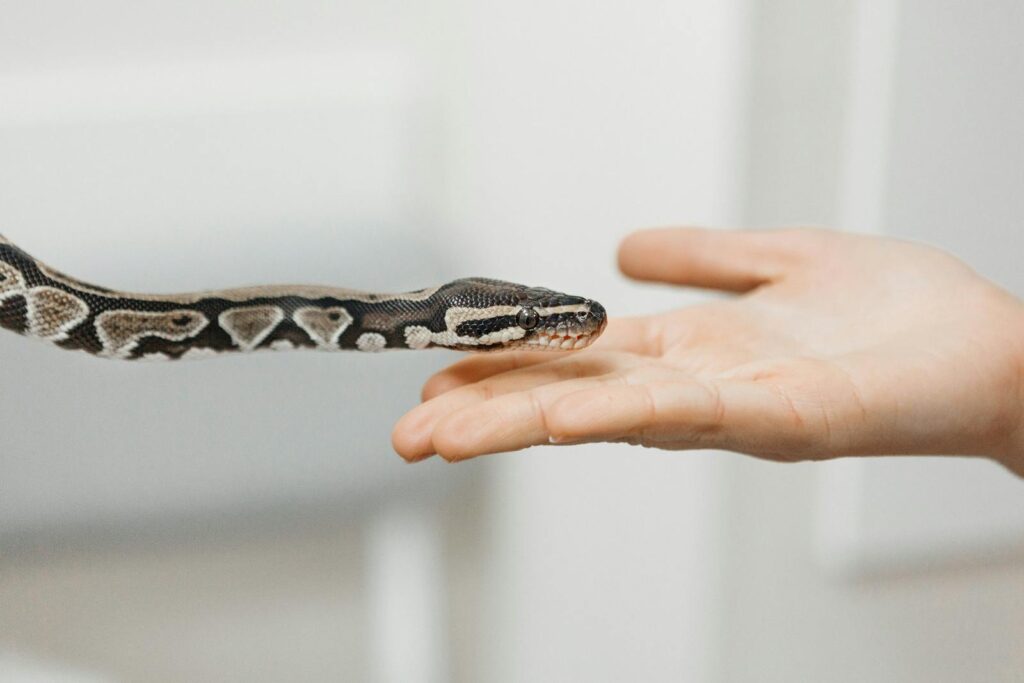
Different snake species present unique feeding challenges based on their evolutionary adaptations and natural history. Ball pythons (Python regius) are infamous in the reptile community for their feeding strikes, sometimes fasting for months without apparent cause before resuming normal feeding patterns. Hognose snakes (Heterodon species) often display highly specialized feeding responses, with some individuals strongly preferring amphibian prey and requiring extensive conditioning to accept more convenient rodent options. Arboreal species like emerald tree boas (Corallus caninus) and green tree pythons (Morelia viridis) frequently require elevated feeding presentations that accommodate their specialized hunting strategies developed for capturing prey in trees. Water-loving species such as water snakes (Nerodia) may preferentially feed in or near water, refusing identical prey items presented on dry land. Understanding these species-specific tendencies helps owners develop appropriate feeding strategies rather than attempting to apply one-size-fits-all approaches to diverse snake species with different evolutionary histories.
Environmental Parameters Affecting Appetite

Temperature management stands as perhaps the single most critical environmental factor affecting snake feeding behavior, as these ectothermic animals rely entirely on external heat sources to maintain proper digestive function. When ambient or basking temperatures fall below species-specific optimal ranges, digestive enzymes become less effective, slowing the entire digestive process and reducing feeding drive. Humidity levels significantly impact feeding behavior in many species, particularly those from tropical environments where improper humidity can lead to dehydration and subsequent appetite suppression. Enclosure size and design influence feeding responses through their effect on the snake’s stress levels and sense of security, with inadequate hiding spots often correlating with reduced feeding success. Lighting cycles play a subtle but important role in regulating feeding behaviors, as improper day/night cycles can disrupt circadian rhythms that govern hunting and digestive patterns in many species, particularly those with strong crepuscular or nocturnal feeding tendencies.
The Psychological Component of Feeding Behavior
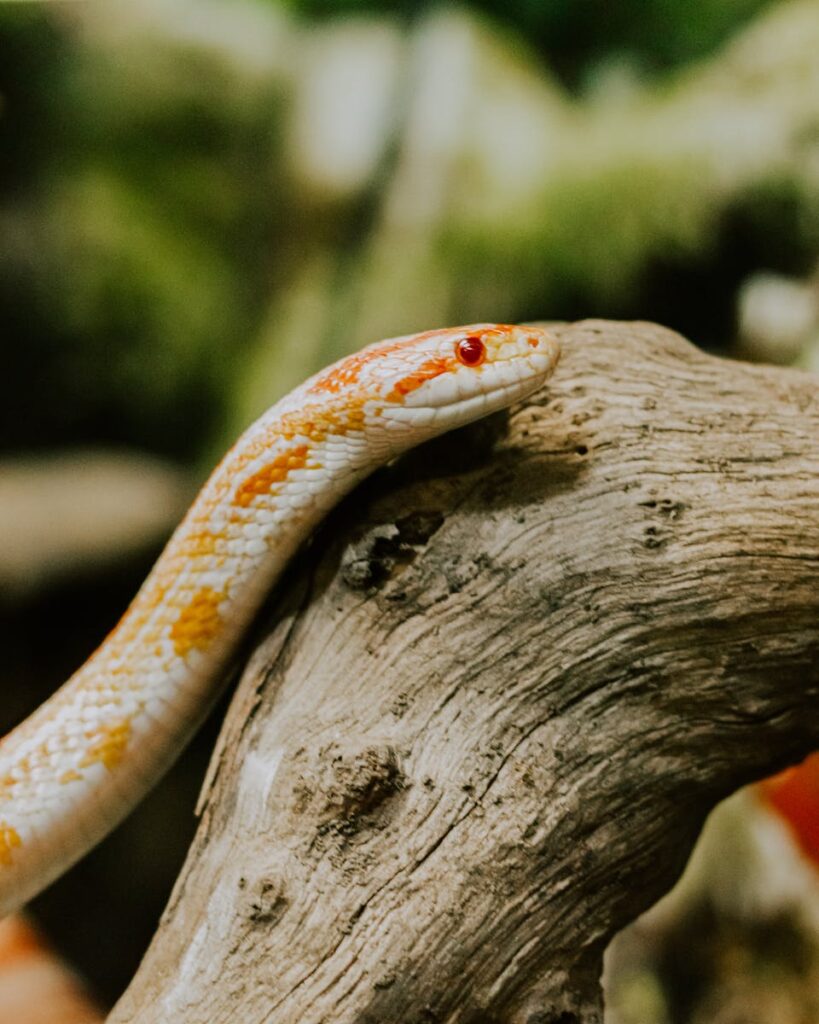
Snakes possess more complex cognitive abilities than commonly recognized, with learning and memory playing significant roles in their feeding responses. Negative feeding experiences can create lasting aversions, where a snake that experienced discomfort, stress, or injury during a previous feeding attempt may develop long-term reluctance to feed in similar circumstances. Habituation patterns develop through repeated exposure, with some snakes becoming accustomed to specific feeding routines and showing reduced interest when these familiar patterns change unexpectedly. Environmental associations form when snakes connect feeding with particular locations, conditions, or handling techniques, sometimes refusing to eat when these contextual elements are altered. The social component cannot be overlooked either—while not social animals by nature, many snakes develop different feeding responses based on the presence or absence of their primary caretaker versus strangers, demonstrating an awareness of human differences that can influence their willingness to feed when handled by unfamiliar people.
Effective Solutions for Picky Eaters
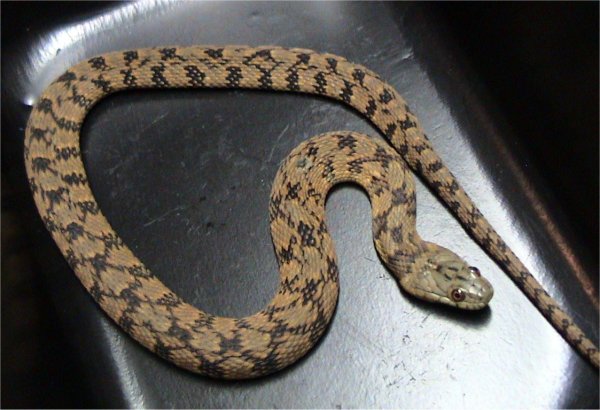
When addressing feeding problems, patience consistently ranks as the most important approach, as force-feeding or excessive intervention often creates more problems than it solves. Prey scenting techniques can be remarkably effective, particularly for specialist feeders, by applying the scent of preferred prey items to alternative food sources—for example, using amphibian scent to entice reluctant hognose snakes to accept rodent prey. Environmental modifications such as adjusting temperatures, providing more secure hiding spots, or altering the feeding location often resolve issues caused by stress or improper husbandry conditions. Braining (exposing the brain of pre-killed prey) sometimes triggers feeding responses in reluctant snakes due to the release of strong scent cues, though this technique requires appropriate safety precautions. Varying feeding times to better align with the snake’s natural activity periods can yield surprising results, particularly for crepuscular or nocturnal species that may show limited interest in daytime feeding attempts but become enthusiastic feeders when offered prey during their active periods.
When to Seek Veterinary Intervention

While occasional feeding refusals are normal for many snake species, certain patterns warrant professional medical attention. Prolonged fasting combined with weight loss exceeding 10-15% of body mass indicates a potentially serious situation requiring veterinary assessment, as healthy snakes can typically maintain weight through extended fasts if otherwise well. Any feeding refusal accompanied by additional symptoms, such as respiratory difficulties, abnormal feces, regurgitation, or unusual posturing, should prompt immediate veterinary consultation as these combinations often signal underlying disease processes. Juvenile snakes have significantly less nutritional reserve than adults, making extended fasting particularly dangerous; young snakes refusing multiple consecutive meals should receive prompt veterinary attention. Seasonal considerations matter when evaluating feeding concerns, with winter fasting being more concerning in tropical species than in temperate species that naturally reduce feeding during cooler months. A qualified reptile veterinarian can provide crucial diagnostic testing, including parasitology screens, bloodwork, and imaging studies that may reveal underlying causes invisible to even experienced keepers.
Prevention Strategies for Maintaining Healthy Appetites

Establishing consistent feeding routines from a young age helps prevent many common feeding problems, allowing snakes to develop stable expectations around mealtime. Offering appropriate prey diversity early in life, even when one prey type is primarily used, helps maintain feeding flexibility and reduces the risk of extreme prey specificity developing as the snake matures. Regular habitat maintenance focusing on stable temperature gradients, proper humidity levels, and clean conditions creates the foundation for reliable feeding responses. Minimizing handling before and after feeding reduces stress and potential regurgitation risks, with a general rule of avoiding handling for 24-48 hours after meals, depending on the snake’s size. Record-keeping proves invaluable for tracking feeding patterns, weight trends, and environmental factors, allowing owners to identify subtle changes before they develop into established problems. Preventative veterinary care, including annual check-ups and parasite screening, helps catch potential health issues before they manifest as serious feeding disorders.
Understanding why pet snakes become selective eaters requires looking at the complex interplay between biology, environment, and individual experience. Rather than a simple behavioral quirk, feeding selectivity often serves as an important communication tool through which snakes express their needs, preferences, and potential health concerns. By recognizing the multifaceted nature of feeding behavior, owners can move beyond frustration to develop individualized approaches that respect their snake’s natural tendencies while ensuring proper nutrition. With patience, observation, and appropriate interventions, most feeding challenges can be successfully resolved, allowing for a healthy relationship between snake and keeper. Remember that what might appear as stubbornness is often your snake’s way of signaling something important about their wellbeing—a valuable insight for any dedicated reptile enthusiast.




